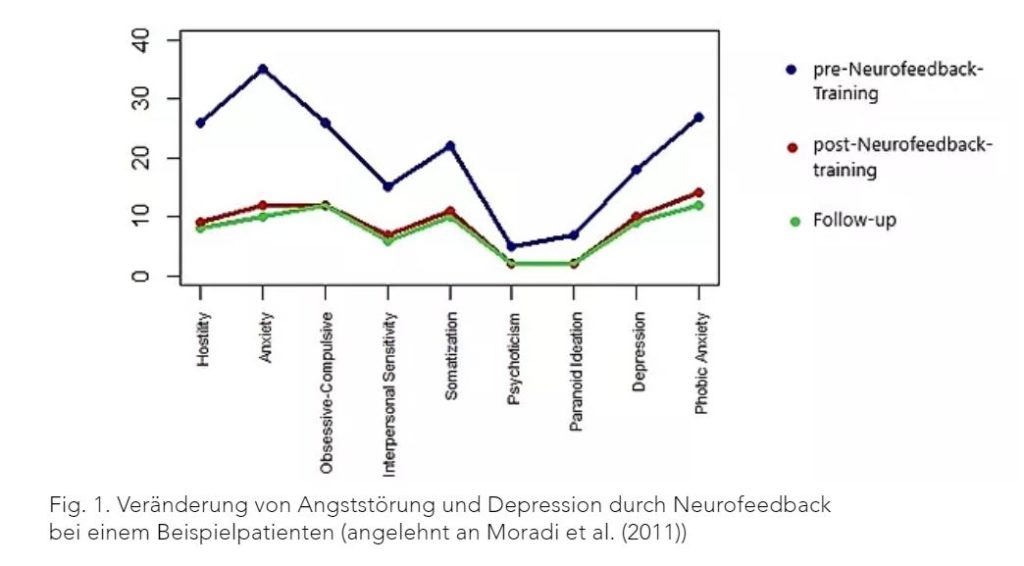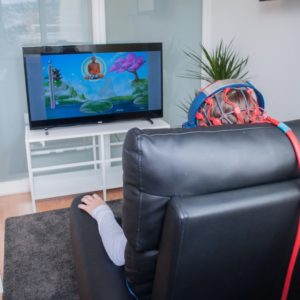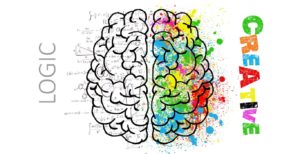Generalized anxiety disorder is a type of anxiety disorder. The fear is not triggered by a specific stimulus, but is independent of the environment and the situation. The anxiety usually refers to everyday events, such as the fear that a close person might have an accident. About 5% of all people suffer from this anxiety disorder during their lifetime, with women being affected twice as often as men. Symptoms may vary, but typically include vegetative symptoms such as rapid heartbeat and increased sweating. Other symptoms include difficulty breathing, chest pain, anxiety, restlessness, difficulty concentrating, irritability and fear of losing control.
In addition to the generalised anxiety disorder, there is the panic disorder, which occurs somewhat less frequently. It manifests itself through sudden anxiety-related physical reactions such as racing heart, trembling, sweating, dizziness, numbness, nausea, shortness of breath, tightness in the chest and a feeling of alienation. At the same time, fear of losing control or the fear of dying often occurs. The symptoms occur in attack-like episodes.
The generalised fear can lead to people concerned deliberately avoiding everyday behaviour that they consider risky, such as going on holiday or driving a car. Similarly, the fear of further panic attacks can severely restrict the affected person in their everyday life.
Both anxiety disorders can be treated with psychotherapy, medication or neurofeedback. As with most mental illnesses, anxiety disorders are multifactorial; however, there is evidence that anxiety disorders are associated with unequal cortical activity of the hemispheres in the frontal brain. Therefore, many studies on neurofeedback and anxiety disorder start from this and train the symmetry of brain activity in the form of alpha waves in the frontal brain. The success of neurofeedback in anxiety disorders has been shown in several studies, which found a significant improvement in symptoms after a few weeks of training.
A case study of a patient with generalized anxiety disorder illustrates how successful neurofeedback can be in this disease pattern. The case study involved a 28-year-old man who has been suffering from the symptoms of an anxiety disorder for ten years. In his case, drug therapy was not able to achieve a sufficient improvement of the symptoms. The graph shows his symptom changes after 30 neurofeedback sessions, within ten weeks. On the one hand, it shows that the symptoms have improved according to how he feels and that the improvement has remained one year after the end of the treatment.

Although this result cannot be transferred to all affected persons, it shows that the burden of anxiety disorders can be reduced by neurofeedback. The patient is also an example of the fact that an anxiety disorder is often accompanied by symptoms of depression, which can also be improved by neurofeedback.
Literature
Adolph, D., & Margraf, J. (2017). The differential relationship between trait anxiety, depression, and resting frontal α-asymmetry. Journal of Neural Transmission, 124(3), 379-386.
Bandelow, B., Boerner, R.J., Kasper, S., Linden, M., Wittchen, H.U., & Möller, H. J. (2013). The diagnosis and treatment of generalized anxiety disorder. Deutsches Ärzteblatt110(17), 300–10.
Jones, M., & Hitsman, H. (2018). QEEG Guided Neurofeedback Treatment for Anxiety Symptoms. NeuroRegulation, 5(3), 85-85.
Kerson, C., Sherman, R. A., & Kozlowski, G. P. (2009). Alpha suppression and symmetry training for generalized anxiety symptoms. Journal of Neurotherapy, 13(3), 146-155.
Mennella, R., Patron, E., & Palomba, D. (2017). Frontal alpha asymmetry neurofeedback for the reduction of negative affect and anxiety. Behaviour Research and Therapy, 92, 32-40.
Moradi, A., Pouladi, F., Pishva, N., Rezaei, B., Torshabi, M., & Mehrjerdi, Z. A. (2011). Treatment of anxiety disorder with neurofeedback: case study. Procedia-Social and Behavioral Sciences, 30, 103-107.




